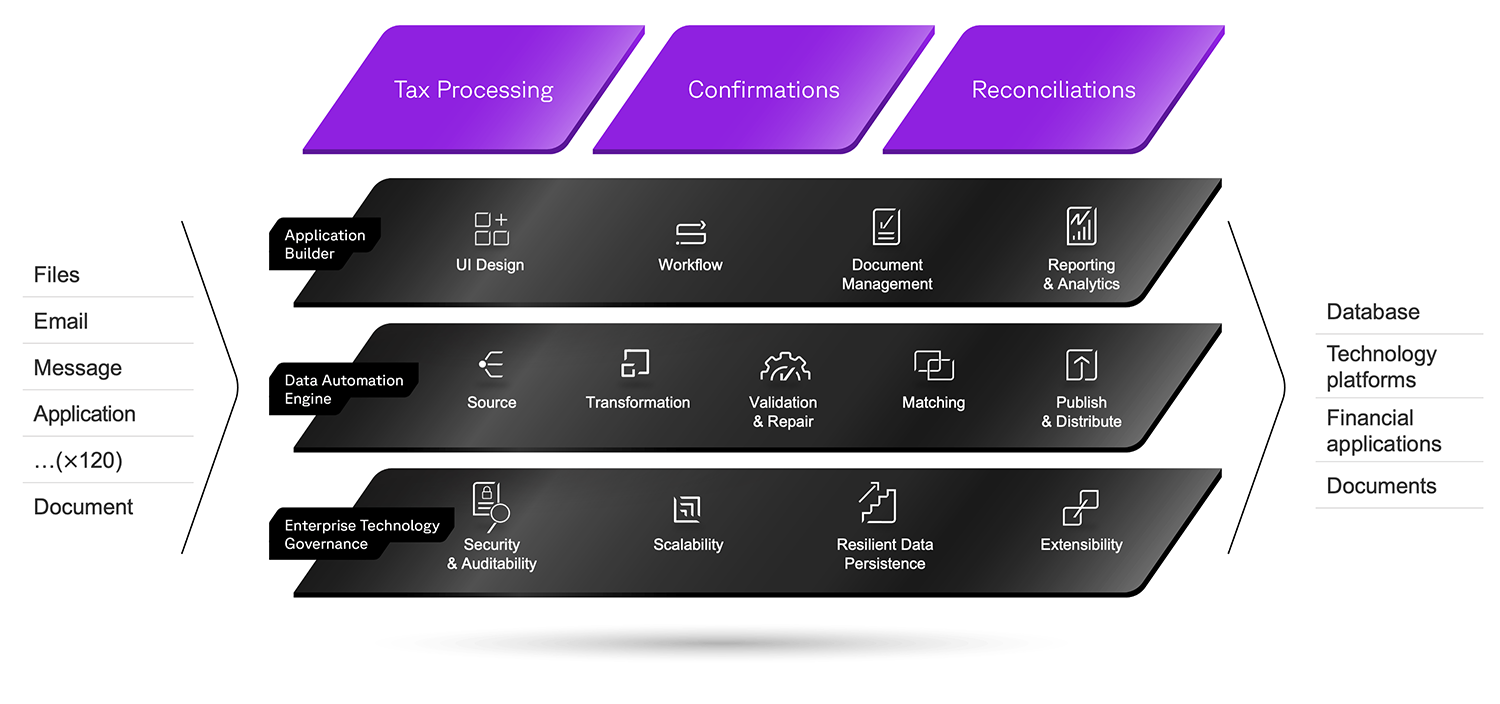What is data transformation?
"Without data transformation, there is no digital transformation"
Data transformation takes any type of data, (structured, unstructured, semi-structured), and converts it from one format to another. Financial institutions receive all manner of data formats, in vast amounts, from both internal and external sources and original formats are frequently not digestible by existing systems. The efficiency by which firms can transform this data, so it is ready to be consumed, is key in an industry that is quickly realizing that data drives process.
Increased regulation has also contributed to this inefficiency as regulators increasingly focus on data quality and granularity. Regulations such as MiFID, EMIR, SFTR, have not only increased the volume of data to be reported but also put pressure on firms to standardize reporting across the board. Automating this data transformation is the key to avoiding fines and overall regulatory reporting inefficiency.
Why is unstructured data a problem?
"80% of data is unstructured (Forbes)"
Most of the data flowing into financial institutions every day is unstructured. With such a large volume of unstructured information needing to be formatted, interpreted and actioned, this can soon lead to operational inefficiency. As well as the direct costs, firms should also look to decrease the opportunity cost associated with this inefficiency. Without OCR and other advanced technologies, operations can become inundated with indigestible file formats (PDF, Email, Word), all of which need to be processed manually. This drains operational resources from core competencies and higher-value tasks. Read our client stories to see how Xceptor has helped clients automate a variety of processes across multiple formats and channels.
How does Xceptor solve this problem?
Using a combination of rules-based, natural language processing (NLP) and machine learning technology, Xceptor can extract and enrich both structured and unstructured data formats, from any source. All in a single solution. Configuration from rules to AI is simple and done by end users, removing dependency on IT and data scientists. The diagram below shows Xceptor data transformation in action, including compatible input file formats on the left.

Learn more about our data automation platform.



